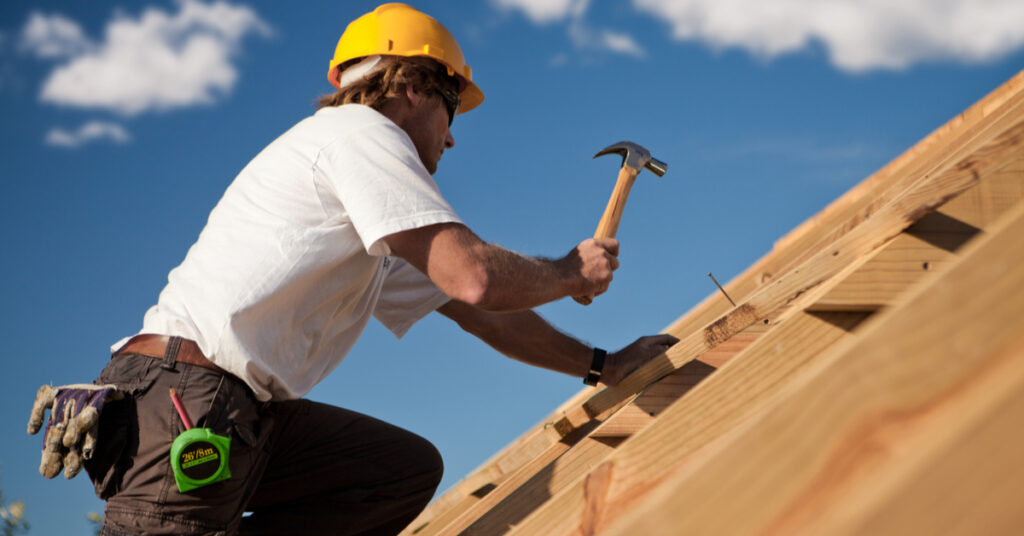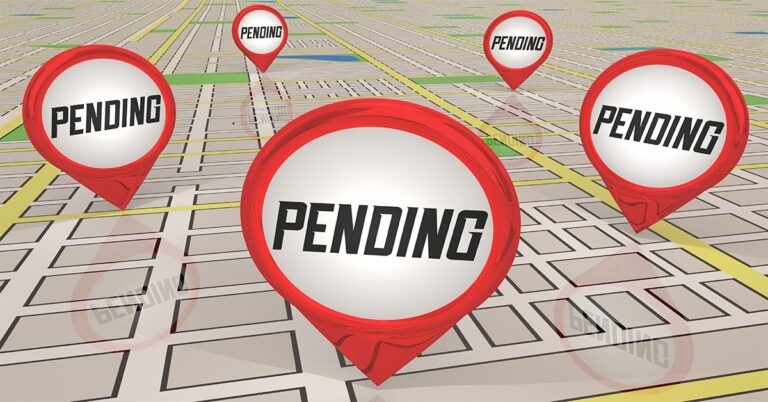New data from the National Association of Home Builders (NAHB) is lending more credence to the observation that the homebuying market is experiencing a shift to the suburbs.
The NAHB measures building conditions around the country on a county level every quarter, using that information to compile its Home Building Geography Index (HBGI) to evaluate construction growth. The HBGI classifies every county in the U.S. into one of seven categories based on population density and regional location. Just one of those categories saw a quarterly gain in single-family construction during the second quarter: small metro suburbs.
During Q2, small metro suburbs — defined by the NAHB as outlying counties of metro areas with a population of less than one million — saw single-family construction grow 10.6% year over year on a four-quarter moving average basis. That’s the fastest growth rate among all categories, followed by other low-density areas like small towns (9.3%), core areas of small metros (7.5%) and large metro exurbs (5.6%).
But while those other categories experienced quarterly declines in their single-family growth rates, small metro suburbs logged an increase of 2.3% between the first and second quarters, a jump the NAHB described as “staggering” on its Eye on Housing blog.
What’s more is that quarterly growth rate declines correlated largely with proximity to city centers. The core counties of large metros saw their four-quarter moving average year-over-year growth rates fall from 7.3% in the first quarter to 3.9% in the second. That’s a drop-off of 3.3 percentage points. The aforementioned small metro core county growth rate of 7.5% was down from 8.5% in the first quarter, a decrease of 1.0 percentage points.
Single-family construction growth in the suburbs of large metros fell from 5.0% in the first quarter to 4.5% in the second, while exurbs saw a quarterly drop from 5.8% to 5.6%.
Join 210,000 mortgage professionals
Get the news, trends and industry updates in your inbox to become a better mortgage originator. Subscribe to emails below.
There are, of course, additional factors at play here besides a market shift to the suburbs. For one thing, there’s simply less land to build on where more people already live. But according to Chuck Fowke, chairman of the NAHB, much of the swing has been precipitated by consumer attitudes.
“The increasing demand for construction in more suburban neighborhoods is being driven in large part by the coronavirus outbreak,” said Chuck Fowke, chairman of the NAHB. “The growing trend for working at home is enabling more families to choose to live in lower cost, lower density communities.
“Moreover, persistent housing affordability challenges exacerbated by soaring lumber prices that have added $16,000 to the price of a single-family home since mid-April are adding to the need to find affordable housing in lower cost markets.”
Market share numbers for the whole nation also point to increased building activity in areas with more elbow room. The combined market share for low density areas (small metro core and suburbs, small towns, and rural areas) increased to 48.4% in the second quarter, up from 47.5% in the same period last year.
That may seem like a small uptick, but changes in market share are usually slow to develop, making a year-over-year gain of one percentage point significant, according to the NAHB.
“The county-level second quarter HBGI data shows relative growth in lower density markets that represent half of all single-family construction,” said NAHB chief economist Robert Dietz.“ We saw initial evidence of this trend in the first quarter, and in recent months these markets have registered faster growth for both single-family and multifamily building, as the demand for new construction shifted to more suburban and exurban communities.”
More results from the NAHB’s HBGI can be found here.








